Why pinch watermelons and how to do it right?
The agrotechnology of melons and gourds directly depends on the growing area. In cold regions, you need to pinch the watermelons to fully ripen. In the southern regions and when planting in greenhouses, this technique is not considered essential, but sometimes it is used. In order for the pinching to be effective, it is carried out at a certain time.
Why pinch watermelons?
If you do not pinch the lashes of the watermelon, a large number of ovaries will form on each of them. It will be difficult for the plant to “feed” them all, as a result the fruits will be small and immature. In the short northern summer, pinching is especially necessary.
Additionally, the care of the crop is facilitated. It becomes easier to water, weed and loosen the soil. Stalks and leaves do not interfere underfoot. In the open ground of the middle lane, pinch watermelons without fail.
When should you pinch?
The colder the climate, the earlier you will need to pinch the watermelons. If the procedure is carried out late, you can ruin the entire crop.
In Siberia and the Urals, the culture is sorely lacking in heat and sun, so it is important to remove all excess in a timely manner in order to redirect nutrients to the fruits.
When the bushes grow and begin to shade each other, the excess processes are removed. The number of pinches depends on the varietal characteristics of the culture, climate, planting scheme. Most often, the procedure has to be repeated.
Basic rules for the procedure
It is necessary to carry out work on a warm sunny day. If you pinch watermelons in rainy weather, the stems are likely to rot.
Excess shoots are cut off with a pruner or a sharp knife; it is not recommended to carry out the procedure manually. With an accurate cut, damage heals faster.
For each variety, its own formation scheme is suitable, it is selected experimentally.
Pinching should not be carried out during the period of pouring watermelons - at this time, any manipulations with the plant weaken it, causing a state of stress.
The general principle implies that no more than 1-2 fruits are left on one lash. Excess ovaries and shoots are removed.
Watermelon formation schemes
There are no uniform recommendations on how to properly form watermelon bushes. Usually one of the generally accepted schemes is chosen:
- In one lash. A versatile method suitable for both cultivars and hybrids. Only the main lash is left on the plant, the side shoots are removed. After the formation of the ovaries, they are left in an amount of no more than 4 pieces. It is necessary to pinch the top of the stem, keeping 5 leaves above the very last fruit. The scheme is often used in Siberia, allowing a small amount of fully ripe fruit to be obtained. For large-fruited varieties, it is advisable to leave 1–2 ovaries on the lash.
- With fruiting on second-order shoots. The scheme is more suitable for varietal watermelons, in which fruiting occurs better on the side shoots. Plants are grown vertically, tied to a trellis. As it grows, the main whip is wrapped around the rope. The two lowest stepsons are pinched immediately after their appearance. Shoots on which female flowers have not appeared are also removed. Scourges with ovaries are left, pinching them after the 2-3rd leaf above the fruit. With a pinch, you can take your time, observing which ovaries develop and which do not. No more than 4-5 fruits should be left on each bush, 1-2 watermelons should be left on large-fruited varieties. Other ovaries must be removed when the diameter reaches 5–6 cm.
- With fruiting on shoots of the third order. It is on these shoots that watermelons ripen faster. This growing method is ideal for areas with short summers. After 5 leaves appear on the central stem, it is pinched, leaving 3 leaves. Of the growing shoots of the second order, 2 of the strongest are left. Branches of the third order will go from them, on which the crop will be formed. 5 leaves are left on each such shoot.
It is necessary to normalize the number of ovaries in such a way that 5 leaves are located between the fruits ripening on one lash.
In a greenhouse, watermelons are grown vertically, tying them to a trellis 7-10 days after transplanting. With this method of growing, the bushes are well lit by the sun and ventilated, and access to the plants is easier.
In the open ground, watermelons are planted freely, allowing them to grow on the melons, without interfering with each other. When growing, the bushes do not form, if there is enough space, or they pinch at the very beginning of growth, limiting the spread of the lashes to neighboring territories. Unfruitful shoots are cut at the base and left in place. In no case should they be pulled out, otherwise the whips with watermelons may be damaged.
Further care
It is not enough to pinch watermelons to get a good harvest. In the future, the culture needs certain care:
- Watering is carried out 2 times a week at the initial stages of growth and 1 time per week after fruit setting. The water must be warm. Watermelons are stopped 3-4 weeks before ripening. Fruits that are overly damp may crack.
- In a greenhouse, tennis ball-sized watermelons are placed in nets and fixed to a support to prevent rotting and improve illumination.
- Straw is placed under watermelons growing on melons to avoid contact of fruits with the soil. If there is no straw, you can use plywood, pieces of foam.
- Periodically, fertilizing is introduced under the culture. Melon plants respond well to additives in the form of humus, mullein, bird droppings, superphosphate, potassium salt. Top dressing is necessary at the beginning of growth, at the stage of flowering and fruit formation.
- When the stepsons appear, they are immediately broken out so that the bush does not waste its strength. Plants are inspected weekly for axillary shoot growth.
All plant residues that do not have signs of diseases can be used for composting. You can also dry cut lashes, burn them and get ash for feeding any crops.
So, choosing a scheme for forming a bush, take into account the characteristics of the variety and the climate of the growing region. Pinching watermelons is especially important when they grow strongly in open ground. This technique will allow you to get large fruits with sugary ripe pulp. By planting watermelons annually, it will be possible to choose the most suitable forming method and stick to it in the future.
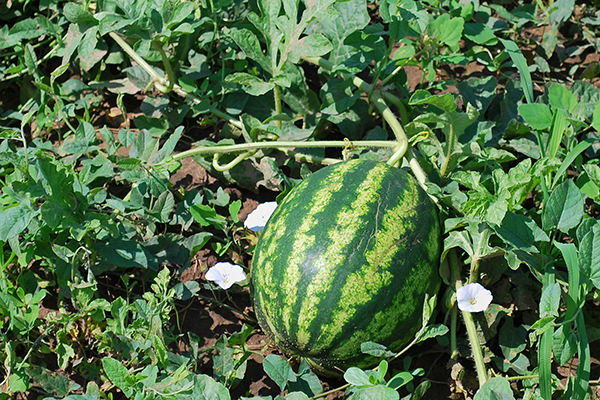
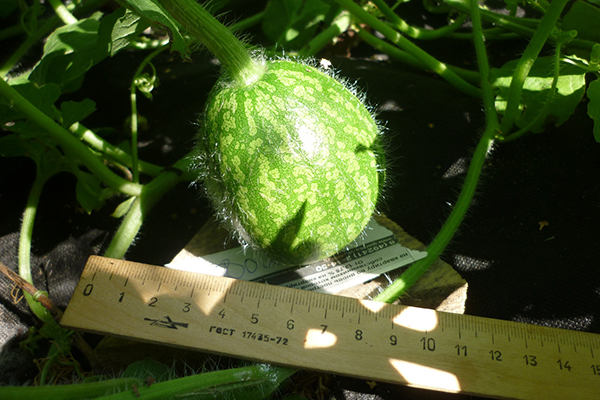
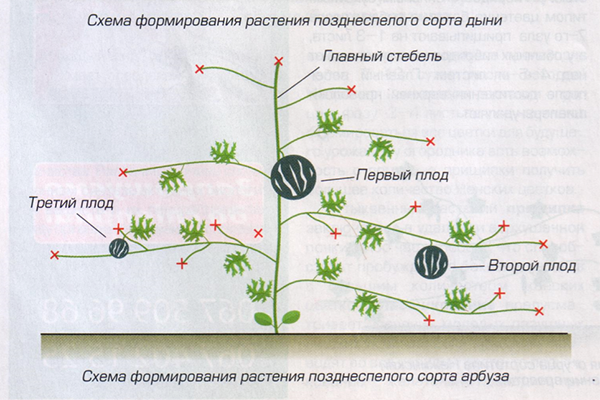
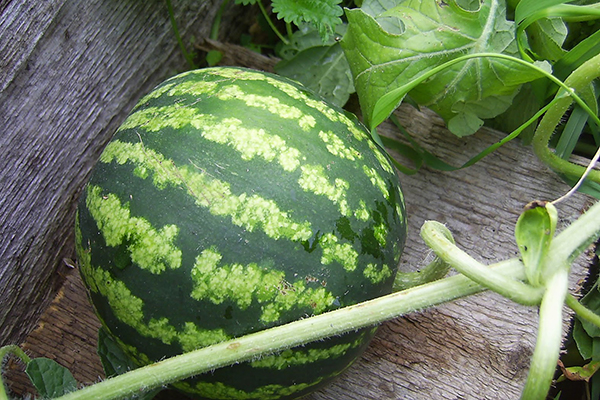


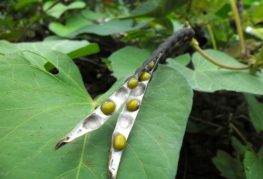
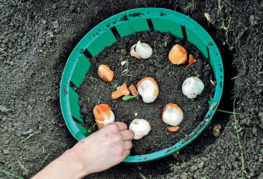


and will be published shortly.